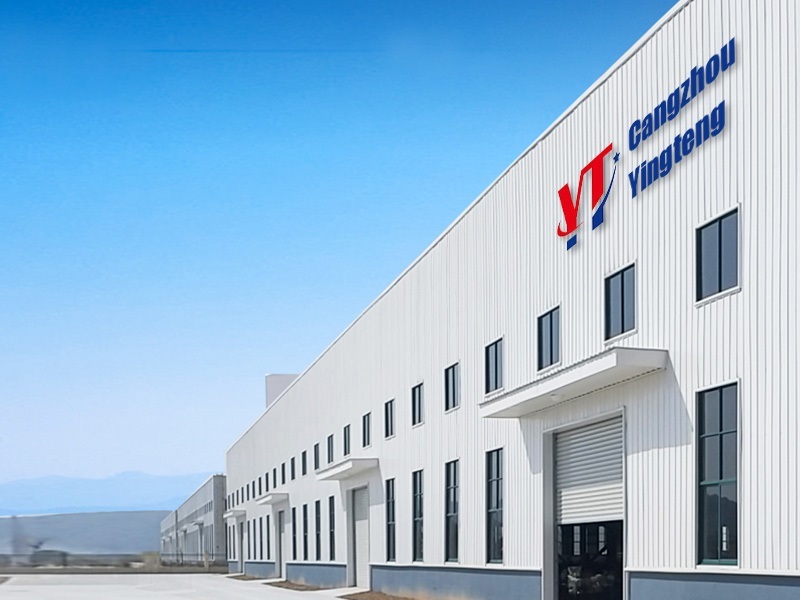Revolutionizing the Industry: The Hard Board Production Line Unveiled
Jul 09,2025

The Changing Landscape of Manufacturing
Hey there! If you’ve been keeping an ear to the ground in the manufacturing world, you’ve probably noticed some exciting trends. The industry is evolving faster than ever, and one of the key players in this revolution is the Hard Board Production Line. Let’s dive into how this technology is reshaping the market!
What is a Hard Board Production Line?
So, what’s all the fuss about? Simply put, a Hard Board Production Line refers to the sophisticated machinery and processes that produce hardboard—also known as high-density fiberboard (HDF). This versatile material is used in everything from furniture to flooring, making it crucial in the construction and design sectors.
Why It Matters
Now, you might be asking, "Why should I care?" Well, the benefits of these production lines are staggering! They increase efficiency, reduce waste, and ultimately lead to lower costs for manufacturers. Plus, with the growing emphasis on sustainability, modern hard board production lines are designed to minimize environmental impacts. Talk about a win-win!
The Technology Behind It
Let’s get a bit technical, shall we? A typical Hard Board Production Line consists of several stages, including raw material preparation, fiber processing, forming, pressing, and finishing. The integration of automation and precision engineering has streamlined these processes, allowing for high-speed production without compromising quality.
Raw Material Preparation
Before any magic can happen, raw materials—mainly wood fibers—need to be sourced and prepared. This stage involves shredding wood waste and other byproducts, which are then dried and processed into fibers. The result? A sustainable feedstock that sets the stage for high-quality hardboard.
Fiber Processing and Forming
Once the fibers are ready, they’re combined with adhesives and additives to enhance durability. Then comes the forming stage, where the mixture is laid out in mats. This step is crucial, as the density and uniformity of the mats directly impact the final product’s strength.
Pressing and Finishing
Up next, the mats enter the pressing phase. High pressure and temperature are applied to bond the fibers together, creating a solid and robust board. After cooling, the boards are trimmed and finished to meet various specifications. Voila! You’ve got yourself a hardboard.
Market Trends and Innovations
As we look ahead, the Hard Board Production Line is set to become even more advanced. With the rise of Industry 4.0, manufacturers are increasingly adopting smart technologies like AI and IoT. These innovations can predict maintenance needs, optimize processes, and enhance overall efficiency. It’s like having a crystal ball for production!
Challenges Ahead
Of course, it’s not all sunshine and rainbows. The industry faces challenges, including fluctuating raw material costs and the need for skilled labor. But hey, challenges are just opportunities in disguise, right? By embracing new technologies and training programs, the industry can overcome these hurdles.
Conclusion: A Bright Future
In summary, the Hard Board Production Line is an integral part of the evolving manufacturing landscape. With its increased efficiency, sustainability, and technological integration, it’s paving the way for a brighter future in the industry. So next time you walk on a hardboard floor or sit at a hardboard desk, remember the innovation behind the scenes!
Cheers to the future of manufacturing!
PREVIOUS:



